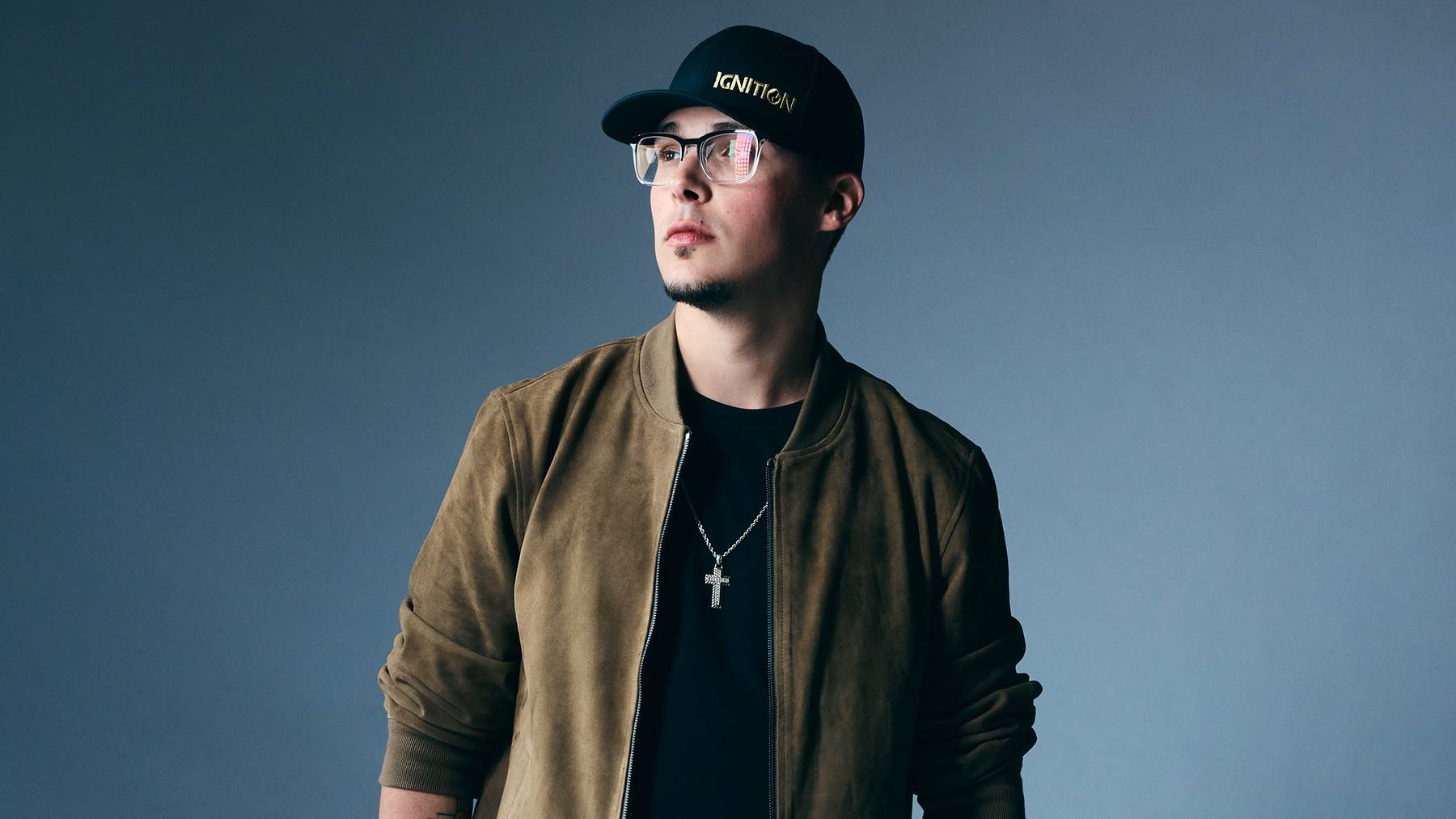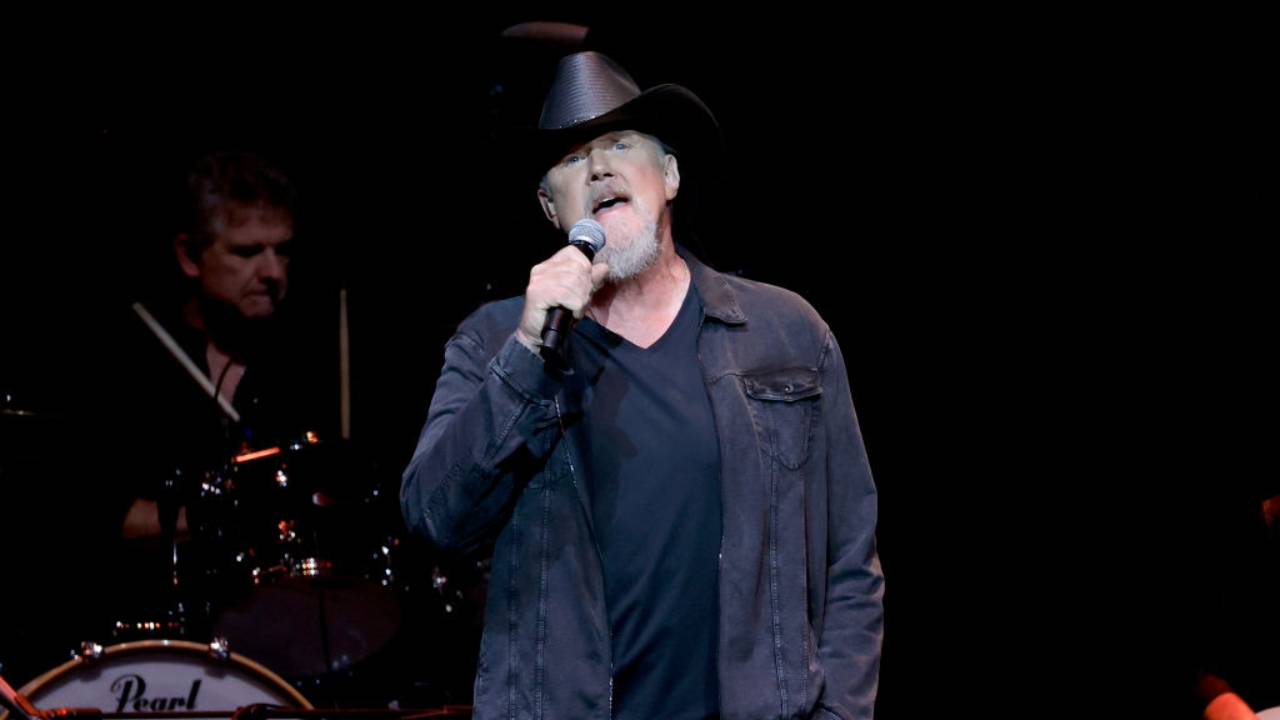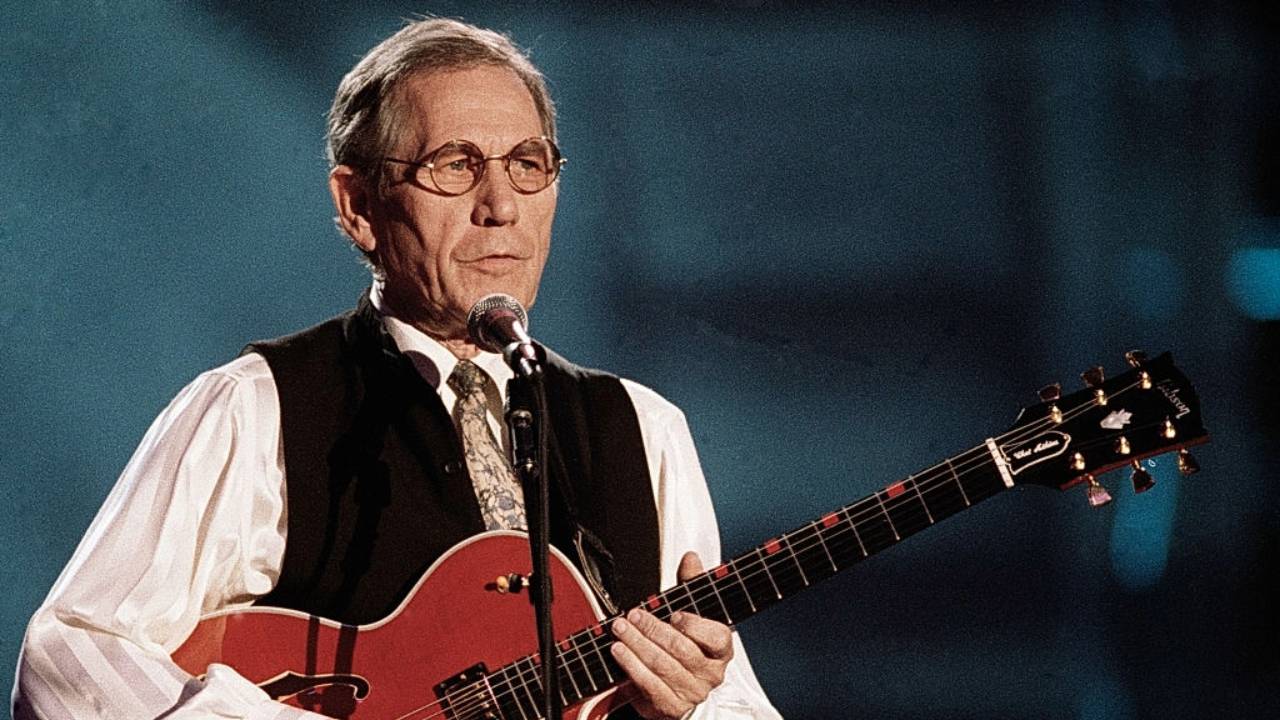'Bakersfield Sound' Exhibit Will Open in 2012

The Country Music Hall of Fame and Museum's major new exhibition, titled The Bakersfield Sound: Buck Owens, Merle Haggard and California Country, opens on March 24, 2012, for a near two-year run.
Narrated by Dwight Yoakam, the exhibit will explore the roots, heyday and impact of the Bakersfield Sound, the loud, stripped-down and radio-ready music most closely identified with the careers of Country Music Hall of Fame members Buck Owens and Merle Haggard.
The story begins during the Great Depression when the farms and oilfields of Bakersfield, Calif., attracted a mass migration of Dust Bowl refugees from Oklahoma, Texas and Arkansas. Born in Texas in 1929, Owens moved with his sharecropping parents to Arizona before heading to Bakersfield in 1951. Haggard's family, driven to the area from their East Oklahoma farm, lived in an old converted railroad boxcar where Haggard was born on April 6, 1937.
As they came to prominence in the 1960s, both Owens and Haggard remained faithful to the classic honky-tonk style and, at the same time, gave country music a harder, rockabilly edge in keeping with the drinking, loud talking, fist fighting and romancing that characterized the nightclub culture of Bakersfield.
Owens and his top-notch band, the Buckaroos, first popularized Bakersfield's amped-up hybrid of honky-tonk, rockabilly and western swing with 1960s chart-toppers like "Act Naturally," "Love's Gonna Live Here," "Together Again," "I've Got a Tiger by the Tail" and "Waitin' in Your Welfare Line."
Haggard and his equally-stellar band, the Strangers, soon followed with the unforgettable Bakersfield Sound gems "Sing Me Back Home," "Mama Tried," "Hungry Eyes," "Workin' Man Blues" and "The Fightin' Side of Me." Owens and Haggard scored nearly 60 No. 1 hits between them. Many of their songs have entered the American popular music canon and continue to be recorded by a wide variety of country, rock and pop artists.
Including publishing houses, recording studios, booking and management agencies and performance venues, the exhibit will focus on the Bakersfield music businesses that evolved in the 1960s, particularly Buck Owens Enterprises, the music empire owned and operated by Owens. It will also explore the enduring impact of the Bakersfield Sound on subsequent generations of musicians, singers and songwriters, from country-rock pioneers the Flying Burrito Brothers to Dwight Yoakam and many others.
In the 1940s and 1950s, Bakersfield sported a plethora of dance halls and honky-tonks (most notably the Blackboard Café), the payday respite for wall-to-wall rambunctious workers eager for the honky-tonk of the Maddox Brothers & Rose or the eclectic swing sound of Bob Wills.
Also on the bandstands were enormously-influential musicians Wynn Stewart and Tommy Collins, whose classic honky-tonk songs Owens and Haggard would later record and for whom they worked as sidemen before launching solo careers.
The story also includes Bill Woods, widely regarded as the "Father of the Bakersfield Sound," and the city's other musical architects: "Cousin" Herb Henson, Billy Mize, Fuzzy Owen, Bonnie Owens, Red Simpson and Lewis Talley, among others.
Among other narrative elements, visitors will learn about the importance of Capitol Records producer Ken Nelson, who recorded numerous Bakersfield classics, including many of Owens' and Haggard's major hits, and who was elected to the Country Music Hall of Fame. The exhibit will also emphasize the role of the Buckaroos and the Strangers in developing the Bakersfield Sound, with emphasis on key sidemen such as steel guitar innovator Ralph Mooney, guitarist Roy Nichols and lead guitarist-harmony vocalist Don Rich.
The Bakersfield Sound exhibit runs through Dec. 31, 2013. It will follow the four-year run of Family Tradition: The Williams Family Legacy, which closes on Dec. 31, 2011.





